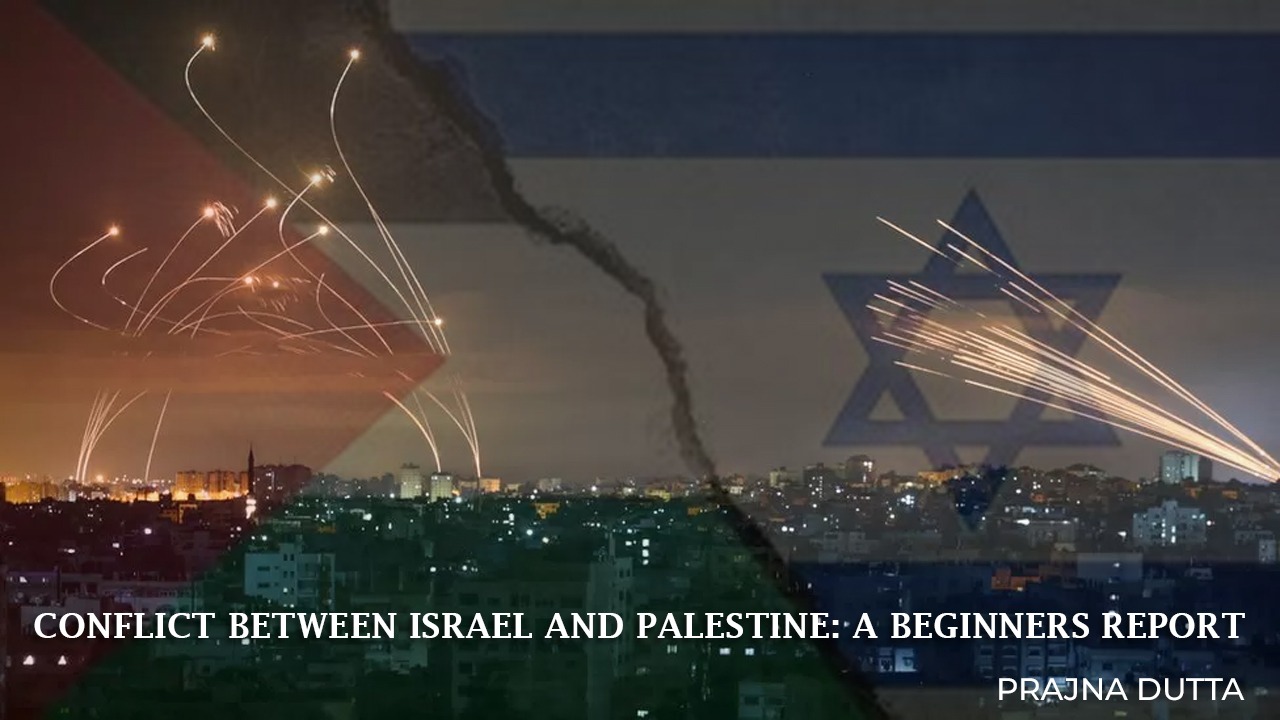1. Introduction
The conflict between Israel and Palestine is a complex and protracted issue with deep historical, religious, and political roots. This report aims to provide a detailed overview of the inception of the conflict, key events, and the ongoing challenges faced by both sides.
2. Historical Context
The conflict traces its roots back to the late 19th and early 20th centuries when Zionist and Arab nationalist movements emerged in the region. Zionism, a Jewish national movement, sought to establish a homeland for the Jewish people in Palestine, while Arab nationalists aimed for an independent Arab state.
3. Inception of the Conflict
The conflict intensified following the end of the British Mandate for Palestine in 1948. The United Nations proposed a partition plan, which recommended the creation of separate Jewish and Arab states. The Jewish leadership accepted the plan, leading to the establishment of the State of Israel. However, Arab states rejected the partition, leading to a series of wars and displacements.
4. Key Events
a. The 1948 Arab-Israeli War: Immediately after Israel declared independence, neighboring Arab states, including Egypt, Jordan, Syria, Lebanon, and Iraq, launched an invasion to prevent the establishment of Israel. The war resulted in an Israeli victory, leading to territorial changes and an influx of Palestinian refugees.
b. The Six-Day War (1967): Tensions escalated between Israel and its Arab neighbors, leading to another conflict. Israel launched a preemptive strike against Egypt, Syria, and Jordan, resulting in their control over the Sinai Peninsula, Golan Heights, West Bank, and East Jerusalem. This war further complicated the Israeli-Palestinian conflict.
c. The Oslo Accords (1993): Under the Oslo Accords, Israel and the Palestine Liberation Organization (PLO) agreed to a peace process aimed at achieving a two-state solution. The accords established the Palestinian Authority (PA) to govern parts of the West Bank and Gaza Strip, leading to limited Palestinian self-rule.
d. Second Intifada (2000-2005): The collapse of the peace process and frustration with the Israeli occupation led to a wave of protests, violence, and suicide bombings by Palestinians. Israel responded with military operations, resulting in a high number of casualties on both sides.
e. Gaza Wars: Israel unilaterally withdrew from the Gaza Strip in 2005, but tensions remained high. In response to rocket attacks by Palestinian militant groups, Israel launched military offensives in Gaza, including Operation Cast Lead (2008-2009), Operation Pillar of Defense (2012), and Operation Protective Edge (2014). These conflicts resulted in significant casualties and damage to infrastructure.
5. Current Challenges
a. Settlements: Israel's continued construction of settlements in the West Bank and East Jerusalem has been a major obstacle to peace. These settlements are considered illegal under international law and have led to the displacement of Palestinians.
b. Security Concerns: Israel cites security concerns, including terrorism and rocket attacks, as reasons for maintaining control over certain territories. Palestinians argue that Israeli security measures, such as checkpoints and the separation barrier, restrict their freedom of movement and impede economic development.
c. Status of Jerusalem: The status of Jerusalem is a contentious issue. Both Israelis and Palestinians claim it as their capital, making it a significant obstacle to negotiations.
d. Refugees: The issue of Palestinian refugees remains unresolved. The displacement of Palestinians during the 1948 war, known as the Nakba ("catastrophe"), and subsequent conflicts led to a significant refugee population. The right of return for Palestinian refugees to their original homes and properties is a deeply divisive issue.
e. Lack of Trust and Failed Negotiations: The lack of trust between the Israeli and Palestinian leadership, coupled with failed negotiations, has hindered progress towards a lasting peace agreement. Issues such as borders, the status of settlements, security arrangements, and the recognition of Israel as a Jewish state have been major points of contention.
f. Humanitarian Situation in Gaza: The Gaza Strip, under the control of Hamas since 2007, has faced severe humanitarian challenges. The Israeli blockade, imposed to prevent weapons smuggling, severely restricts the movement of goods and people, exacerbating poverty, unemployment, and inadequate access to essential services.
6. International Efforts and Mediation
Numerous international actors, including the United Nations, European Union, United States, and regional organizations such as the Arab League, have made efforts to mediate and find a resolution to the Israeli-Palestinian conflict. However, achieving a comprehensive and lasting peace agreement has proved elusive.
7. Future Prospects
Resolving the Israeli-Palestinian conflict and achieving a two-state solution remains a paramount goal for peace and stability in the region. It requires willingness from both sides to engage in meaningful negotiations, address core issues, and make necessary compromises. International support and engagement, along with a commitment to respect human rights and international law, are crucial for progress.
8. Conclusion
The conflict between Israel and Palestine is a deeply entrenched and multifaceted issue. Historical, religious, and political factors have contributed to its complexity. Resolving the conflict and achieving a just and lasting peace will require sustained efforts, dialogue, and compromises from both Israelis and Palestinians. International support, mediation, and respect for human rights and international law are integral to finding a viable solution that ensures the security, dignity, and self-determination of both people.

Comments